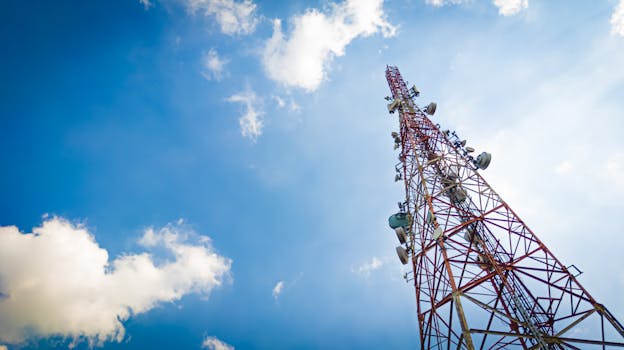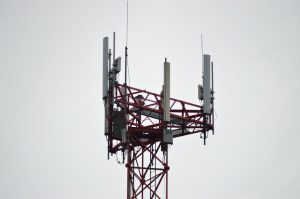
From Space to Screens: The Role of Satellite Technology in Modern Communication
Satellite Technology
Satellite technology has come a long way since its inception, and its impact on modern communication is undeniable. The role of satellite technology in modern communication is multifaceted, and its applications are diverse. From enabling global connectivity to facilitating the exchange of information across the globe, satellite technology has revolutionized the way we communicate.
The use of satellite technology in modern communication has several advantages. For instance, it provides a means of communication in areas where traditional communication infrastructure is lacking. Satellite technology also enables the transmission of data, voice, and video signals over long distances, making it an ideal solution for applications such as telemedicine, distance learning, and emergency response.
Furthermore, satellite technology plays a critical role in the dissemination of information during natural disasters and other crises. When traditional communication infrastructure is damaged or destroyed, satellite technology can provide a vital link to the outside world, enabling the coordination of relief efforts and the dissemination of critical information to affected communities.
Applications of Satellite Technology
The applications of satellite technology in modern communication are numerous and varied. Some of the most significant applications include:
Satellite television, which enables the broadcast of television channels to a global audience, is one of the most popular applications of satellite technology. Satellite radio, which provides a means of broadcasting radio signals over long distances, is another significant application.
In addition to these applications, satellite technology is also used in navigation, weather forecasting, and remote sensing. The Global Positioning System (GPS), which is a network of satellites that provide location information to GPS receivers on the ground, is a notable example of the use of satellite technology in navigation.
The use of satellite technology in weather forecasting has also improved the accuracy of weather forecasts, enabling meteorologists to track weather patterns and predict weather events with greater precision. Remote sensing, which involves the use of satellites to gather data about the Earth’s surface, is another significant application of satellite technology.
Challenges and Limitations
Despite the many advantages of satellite technology, there are also several challenges and limitations associated with its use. One of the main challenges is the high cost of launching and maintaining satellites in orbit. This can make satellite technology inaccessible to many individuals and organizations, particularly in developing countries.
Another challenge is the limited bandwidth available for satellite communications. This can result in slower data transfer rates and higher latency, making satellite technology less suitable for applications that require high-speed data transfer.
Furthermore, satellite technology is also vulnerable to interference from other satellites and terrestrial systems, which can disrupt communication signals and affect the quality of service.
Conclusion
In conclusion, satellite technology plays a vital role in modern communication, enabling global connectivity and facilitating the exchange of information across the globe. While there are several challenges and limitations associated with the use of satellite technology, its applications are diverse and numerous, and its impact on modern communication is undeniable. As technology continues to evolve, it is likely that satellite technology will play an even more significant role in shaping the future of modern communication.



